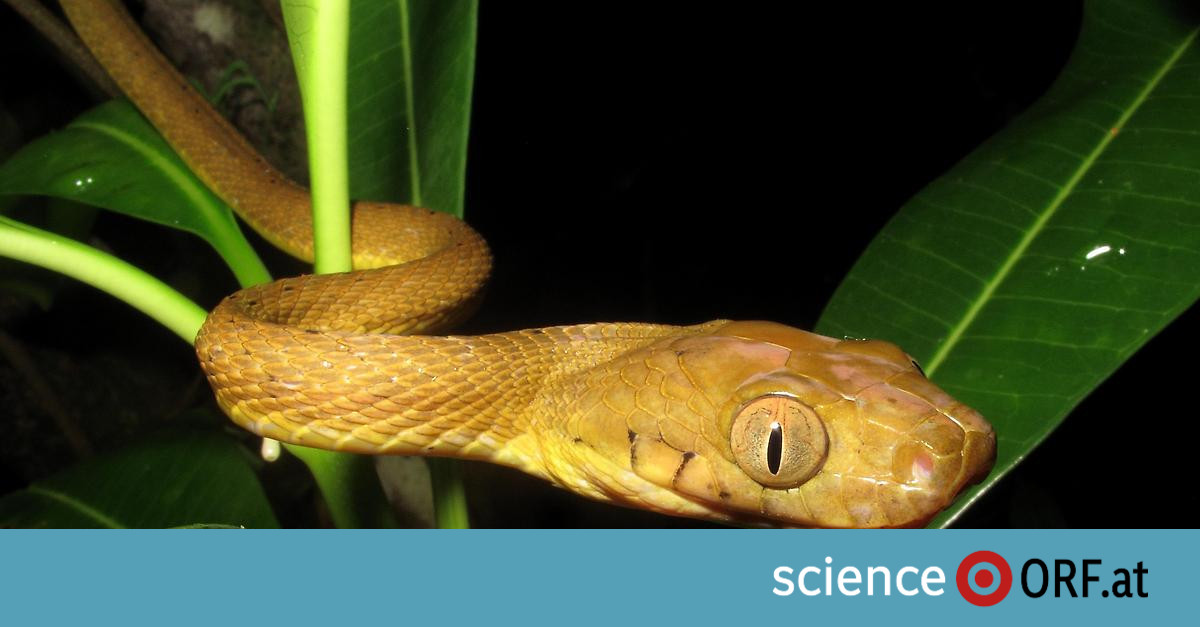100 million years ago, there were small lizards along with the dinosaurs. Some of these species have changed over millions of years: they developed limbless bodies that could slide on the ground, developed precise systems for detecting and tracking prey, and acquired flexible skulls for swallowing large animals.
On the one hand, the changes ensured the survival of these animals, on the other hand, new species arose from them. When an asteroid hit Earth 66 million years ago, three-quarters of plant and animal species were wiped out. Reptiles had to find new ways to find food. New species developed that were able to better adapt to the conditions.
Now an international research team led by the University of Michigan has investigated why and how the thousands of snake species still alive today have evolved over time.
Snakes grew fast
Speed is one answer, major anatomical changes are another. It resulted study, which was published in the journal Science. According to this, snakes evolve three times faster than lizards. The body and head have changed to include differences in food intake, movement and processing of sensory stimuli compared to lizards.
“This study is about winning in evolution. Snakes have evolved very quickly in some important ways. This has enabled them to take advantage of new opportunities that other lizards can't,” said the study author and evolutionary biologist. Daniel Rabosky.
A key reason is that snakes have undergone a profound shift in their feeding ecology that separates them from other reptiles: “If there is an edible animal, somewhere a snake has evolved the ability to eat it.”
Diversity is still evident today: cobras use venom. Pythons strangle their prey. Some snakes hunt scorpions in the sand, while others hunt snails and frog eggs in trees. Sea snakes use their tails to search rock crevices for fish eggs and eels.
DNA and stomach contents
To explain the stages of development, the largest evolutionary tree of snakes and lizards was created: the research team sequenced the genomes of almost a thousand species. The feeding habits of snakes and lizards have been observed or studied: from living animals and more than 60,000 prepared specimens, more precisely from their stomach contents. The research team found specimens in various natural history museums in Europe and the United States – home to one of the largest research collections of snakes in the world. University of Michigan Museum of Zoology.
Enormous amounts of data are fed into mathematical and statistical computer models. The evolution of snakes and lizards was analyzed over (other) geological periods: for example, why some species lost their limbs. This approach shows that other reptiles also developed snake-like features. 25 different groups of lizards lost their limbs. But only snakes underwent further development.
However, what actually led snakes to become so specialized is currently unresolved. A number of factors may have contributed to this. According to the research team, we may never fully figure out which ones.

